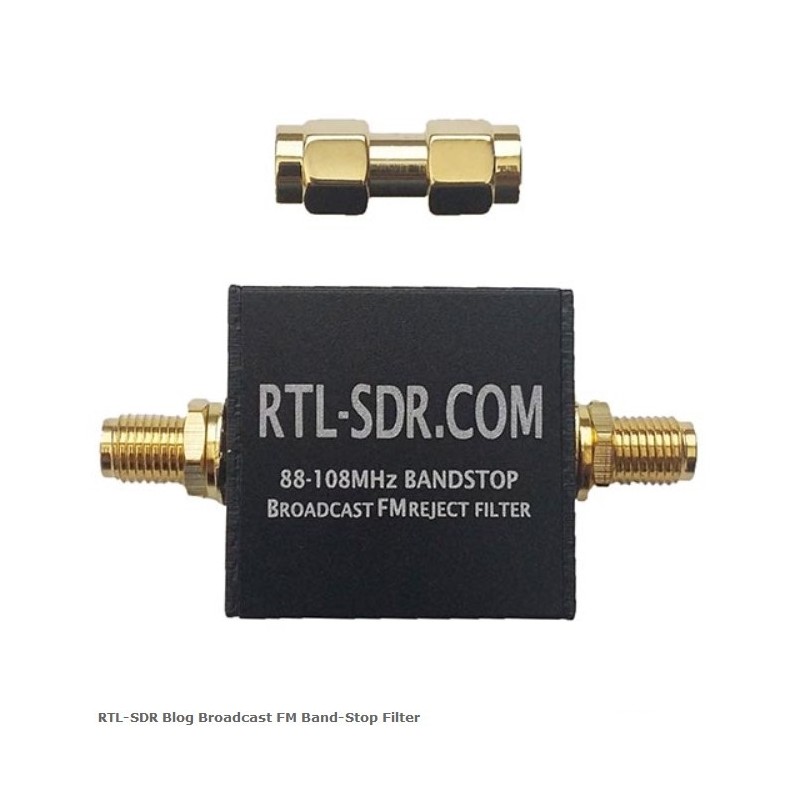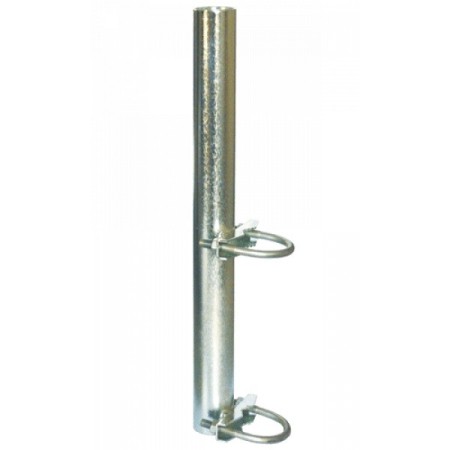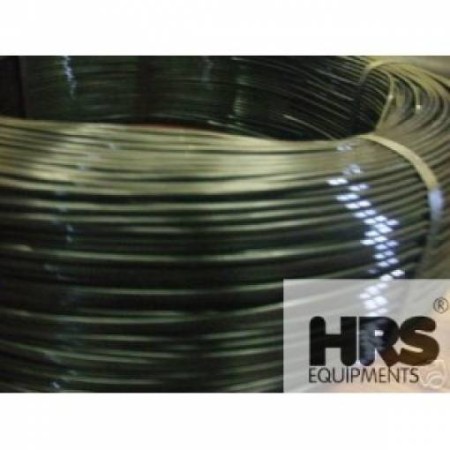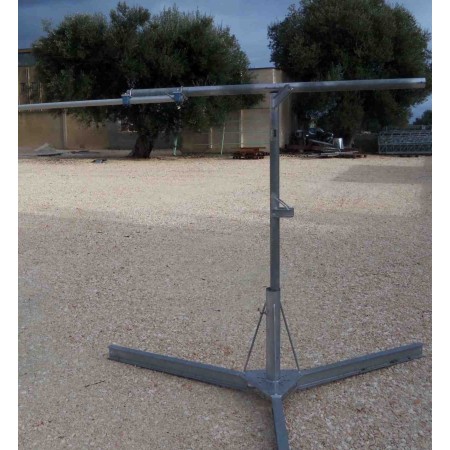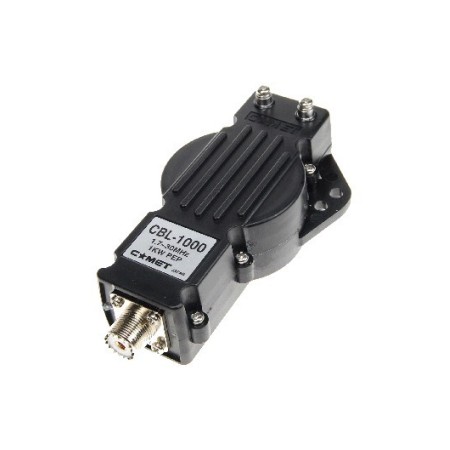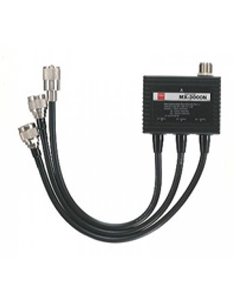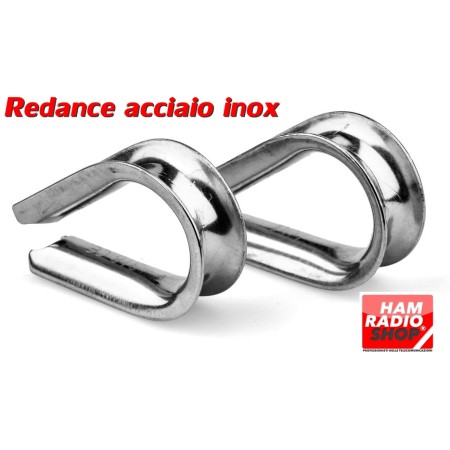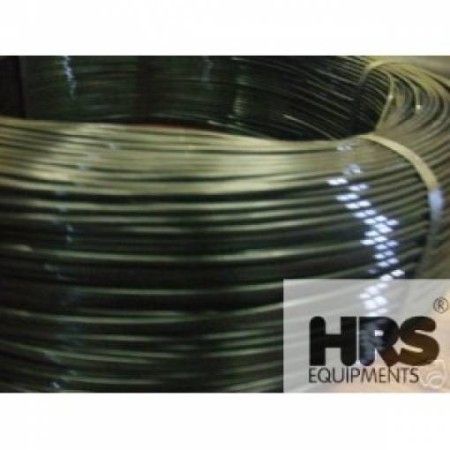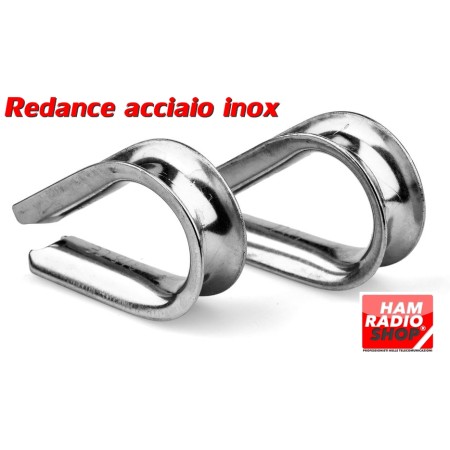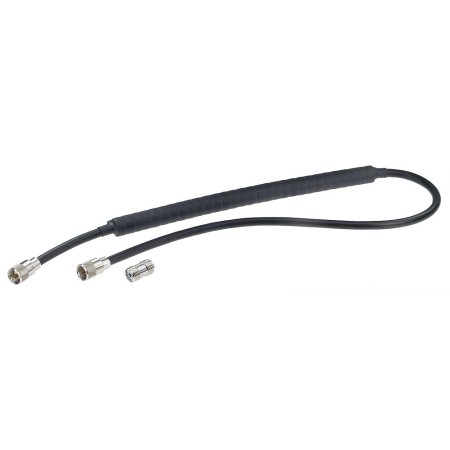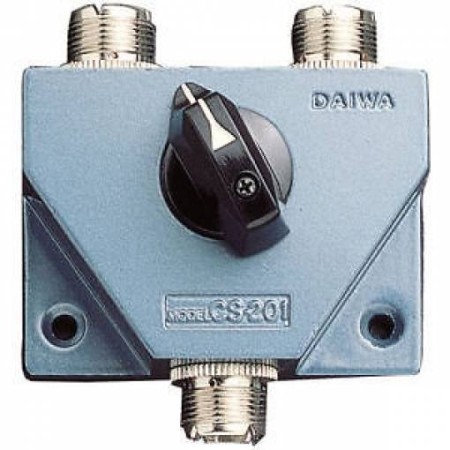RTL-SDR Filter Blog Broadcast FM Band-Stop Filter
Ref: FM-band-stop
Immediately available Read the 4 reviews
Read the 4 reviews

RTL-SDR Blog Broadcast FM Band-Stop Filter
This filter attenuates signals from 88 to 108 MHz with approximately 50 dB or more of attenuation. An FM broadcast band filter is very useful for use with SDR, as in some many areas where FM signals can be so strong that they overload the SDR, causing very poor performance in other bands. You can tell if this is the case for you if you see pictures of BCFM stations or interference that looks like a WFM signal at other frequencies when you increase the gain.
The filter is based on a simple 7th order Chebyshev. The 3 dB roll is at 76 MHz and 122 MHz. 88 MHz is attenuated by almost 60 dB and 108 MHz by 45-50 dB. Outside the pass band the insertion loss is practically zero, less than 0.5 dB from 500 MHz to 1 GHz and less than 1.5 dB between 1 GHz and 2 GHz. Performance decreases from 2 to 3 GHz slightly, but the insertion loss remains less than 1.5 dB for most frequencies. The filter can also pass up to 80mA of DC current (probably can do more) and has negligible DC resistance.

Below we show a comparison of what a network analyzer looks like to a $5 FM TV band filter. You can see that the stop band is attenuated significantly and the insertion losses at other frequencies are much larger.
This filter rejects signals between 88 – 108 MHz with around 50 dB or more attenuation. A broadcast FM band-stop filter is very useful for use with SDRs as in some areas broadcast FM signals can be so strong that they overload the SDR, causing very poor performance in other bands. You can tell if this is the case for you if you see images of BCFM stations or interference that looks like a WFM signal at other frequencies when you turn up the gain.
The filter is based on a simple 7th order Chebyshev design. The 3 dB roll off is at 76 MHz and 122 MHz. 88 MHz is attenuated by almost 60 dB, and 108 MHz is attenuated by 45-50 dB. Outside of the pass band the insertion loss is practically zero below 500 MHz, less than 0.5 dB from 500 MHz – 1 GHz, and below 1.5 dB between 1 GHz – 2 GHz. Between 2 – 3 GHz performance degrades slightly, but insertion loss remains below 1.5 dB for most frequencies. The filter can also pass up to 80 mA of DC current (probably can do more) and has negligible DC resistance.
Below we show a comparison of what a cheap $5 TV FM band-stop filter looks like on the network analyzer. You can see that the stop band is attenuated by significantly less, and the insertion losses on other frequencies are much much larger.
Data sheet
- Mpn
- broadcast FM band-stop filter
- Guy
- Filtri notch
- Compatible brand
- Generico
- Sub-Categories
- Filtri notch
 (4)
(4) (0)
(0) (0)
(0) (0)
(0) (0)
(0) (0)
(0)



![Offerprice [By Hamradioshop]](/img/logo-1719340723.jpg)





































































